A trip to Svalbard
Arriving in Svalbard
It’s 11:06 PM, and the anticipation is palpable as we touch down in Longyearbyen, the largest settlement in Svalbard. Through the airplane window, the surreal landscape of this Arctic archipelago comes into view—an expanse of icy terrain and rugged mountains, illuminated by the soft glow of the midnight sun. Despite the late hour, the brightness outside suggests anything but nighttime.
Stepping off the plane, a mix of excitement and nervousness washes over me. Svalbard’s reputation for its extreme conditions and remote location adds an extra layer of anticipation to my journey. I had heard that on average, temperatures only rise up to 7 degrees Celsius in Summer, but the weather can change rapidly. That’s why I came prepared with thick winter clothes for this trip.
Longyearbyen’s modest airport terminal stands in stark contrast to the bustling hubs of larger cities. Yet, its simplicity and functionality seem perfectly suited to the rugged landscape beyond. As I make my way through the terminal, I can’t help but feel a sense of reverence for the untamed wilderness that lies just beyond the airport’s confines.
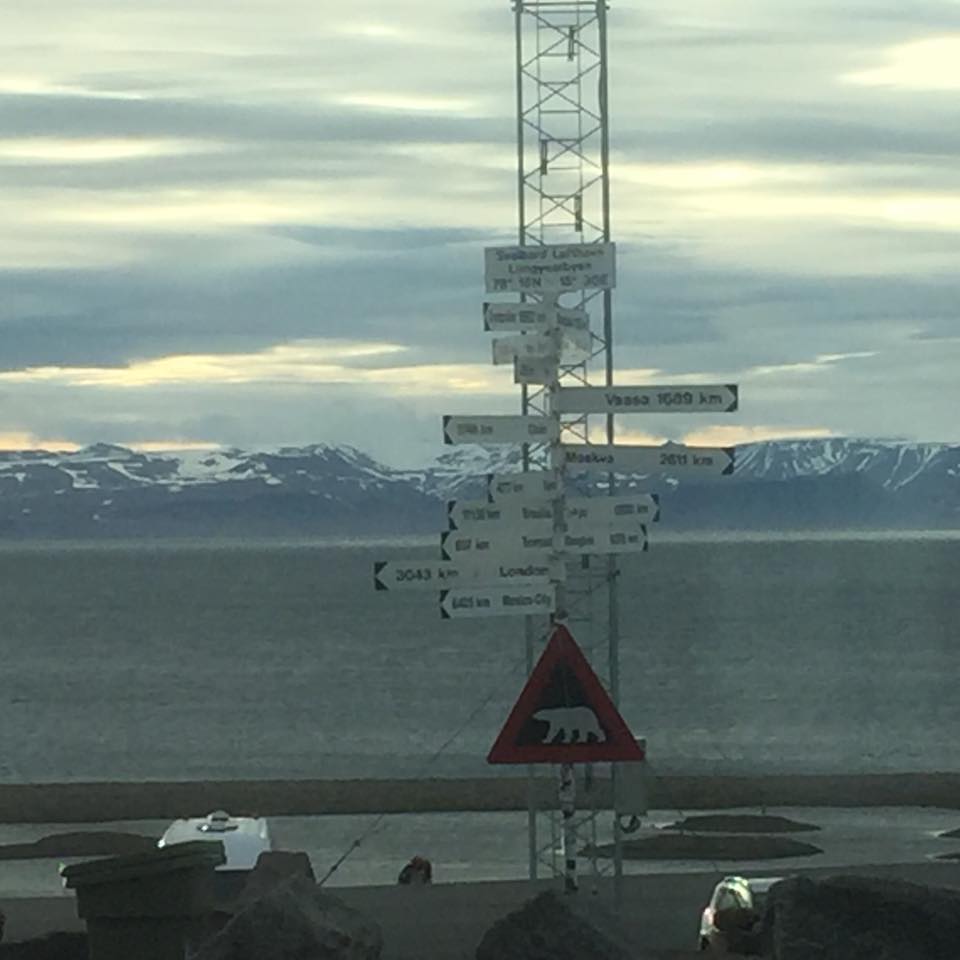
The Hike to Lindholmhøgda
The hike to Lindholmhøgda from Longyearbyen, which I embarked on with a local on the second day of my stay in Svalbard, was a memorable experience. The local carried a gun, a necessary precaution as firearms are required when venturing outside the limits of Longyearbyen due to the presence of Polar bears.
From Lindholmhøgda, we had a stunning view of the city’s water supply. Coal remains a necessary energy source for the city, as alternatives like solar energy are not feasible for most of the year. Additionally, the challenges posed by permafrost make stabilizing wind turbines difficult, highlighting the unique energy dynamics of this remote Arctic community.
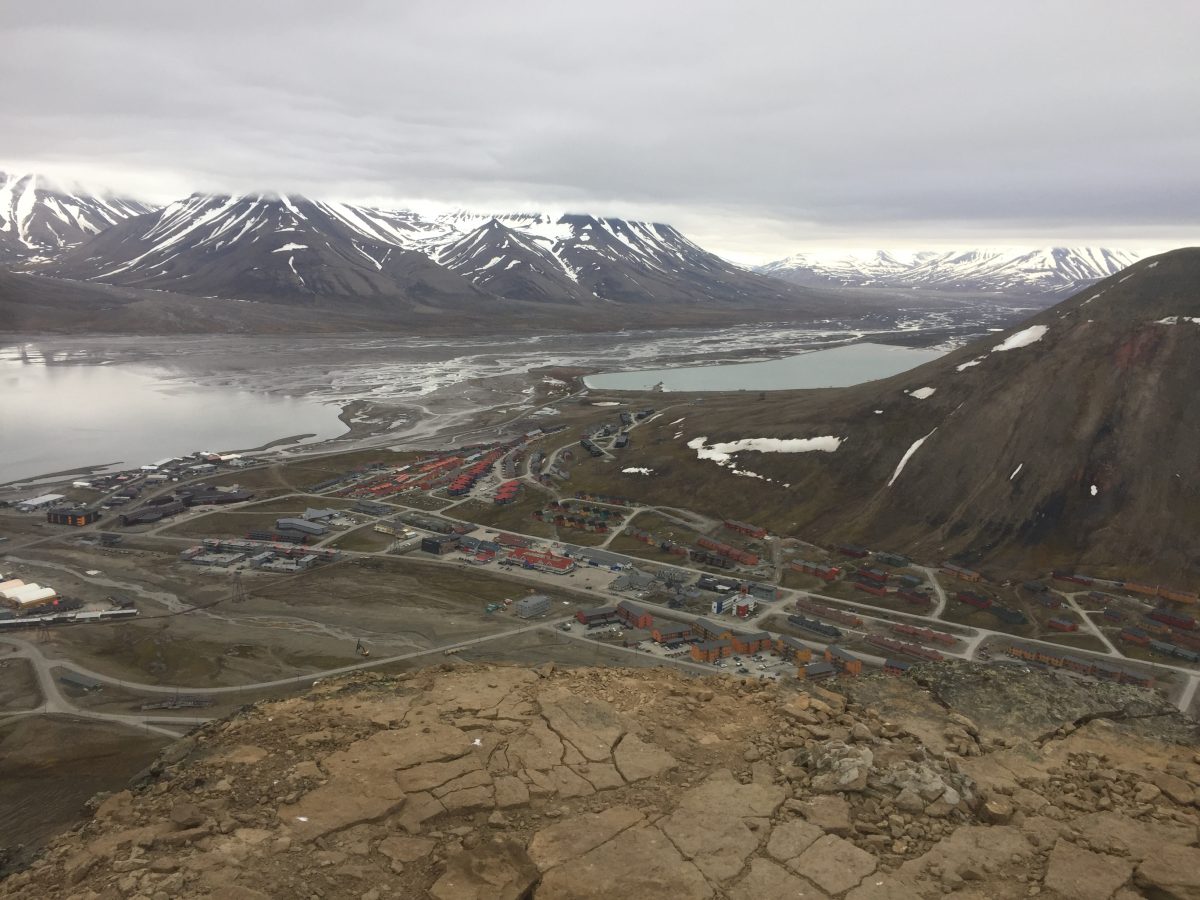
Camping by the Esmarkgreen Glacier
During my stay in Svalbard, one of the most unforgettable experiences was camping near the Esmarkgreen glacier. Organized by the Svalbard Wildlife Expedition, this excursion offered a unique opportunity to immerse myself in the pristine wilderness of the Arctic.
Located just a 40-minute walk from the Esmarkgreen glacier, our campsite was surrounded by breathtaking natural beauty. However, the presence of Polar bears in the area meant that we had to remain vigilant at all times. Taking turns guarding the campsite, we remained alert for any signs of these majestic yet potentially dangerous creatures.
Despite the inherent risks, there was an undeniable sense of tranquility that permeated the atmosphere during my guard duty. The stillness of the scene, coupled with the perpetual daylight characteristic of Svalbard’s summer months, created a surreal ambiance. Even in the midst of the Arctic wilderness and the distant threat of Polar bears, I found myself enveloped in a profound sense of peace.
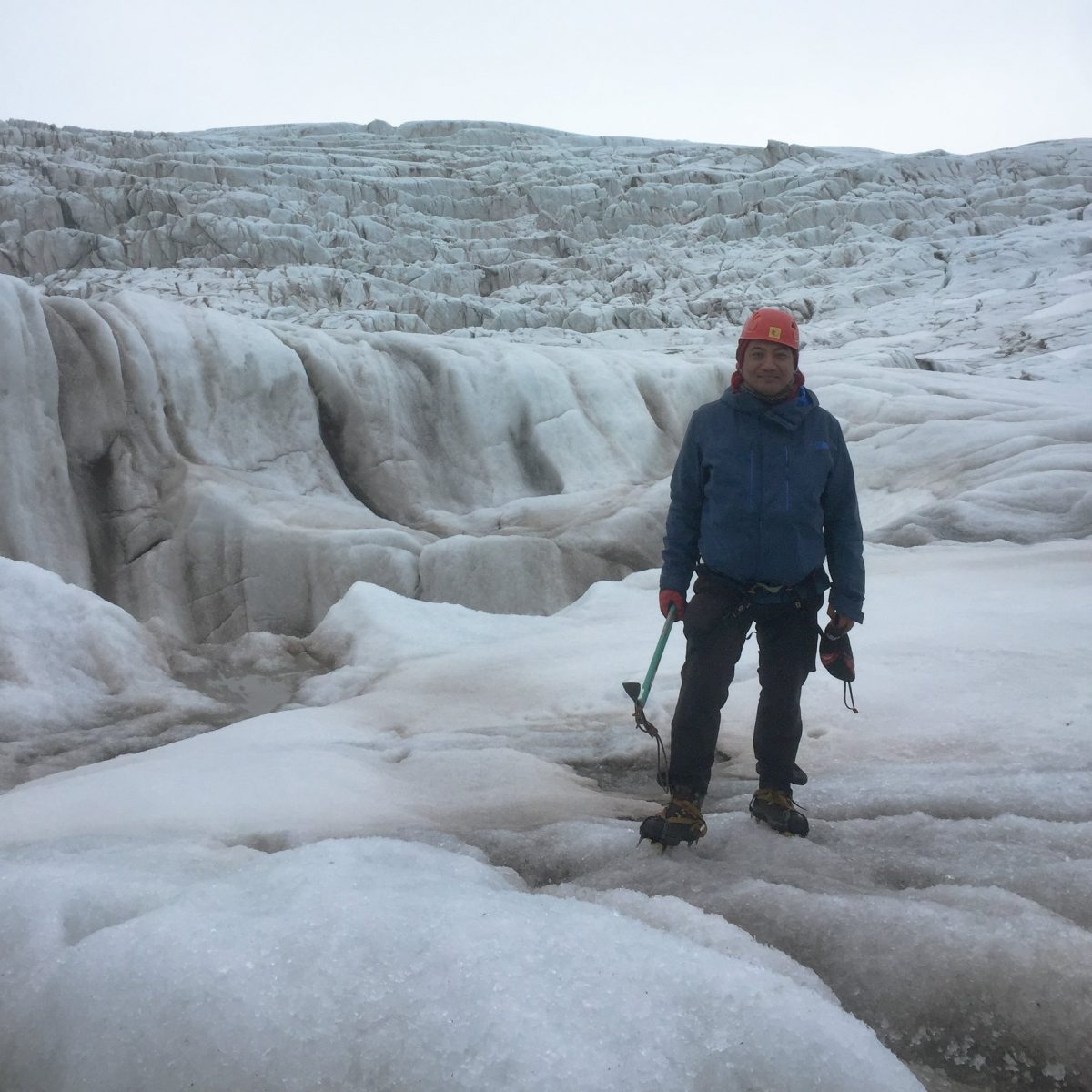
Barentsburg
After our adventures near the Esmarkgreen Glacier, our journey led us to Barentsburg, a Russian settlement nestled in the rugged landscapes of Svalbard. The presence of a Russian community in this remote Arctic region might seem curious, but it’s rooted in historical and geopolitical factors.
Originally established by the Soviet Union in the early 20th century, Barentsburg served as a strategic outpost for mining operations in Svalbard. The Soviet government sought to assert its presence in the Arctic and gain access to valuable natural resources. Over the years, Barentsburg grew into a thriving mining town, home to a diverse community of Russian and Ukrainian miners and their families.
As we approached Barentsburg by boat, the stunning scenery of Svalbard unfolded before us. Along the way, we were fortunate to spot two types of whales commonly found in the region, adding to the sense of awe and wonder. The towering mountains, sculpted by centuries of erosion, commanded attention, their rugged beauty reminiscent of landscapes seen in the Grand Canyon.
Upon arrival in Barentsburg, one of the most striking sights was the Russian Orthodox Church, built-in 1996. This church stands as a poignant memorial to the 141 casualties of a plane crash near Longyearbyen, many of whom were from the nearby settlement of Pyramiden. The presence of such a solemn monument serves as a reminder of the human history and tragedies that have unfolded in this remote corner of the world.
Despite its historical significance, Barentsburg today stands largely abandoned, resembling a ghost town frozen in time. The once-thriving mining community has dwindled, leaving behind empty buildings and a sense of eerie desolation. Yet, amidst the silence and decay, Barentsburg’s haunting beauty and rich history continue to captivate those who venture to explore its ghostly streets.
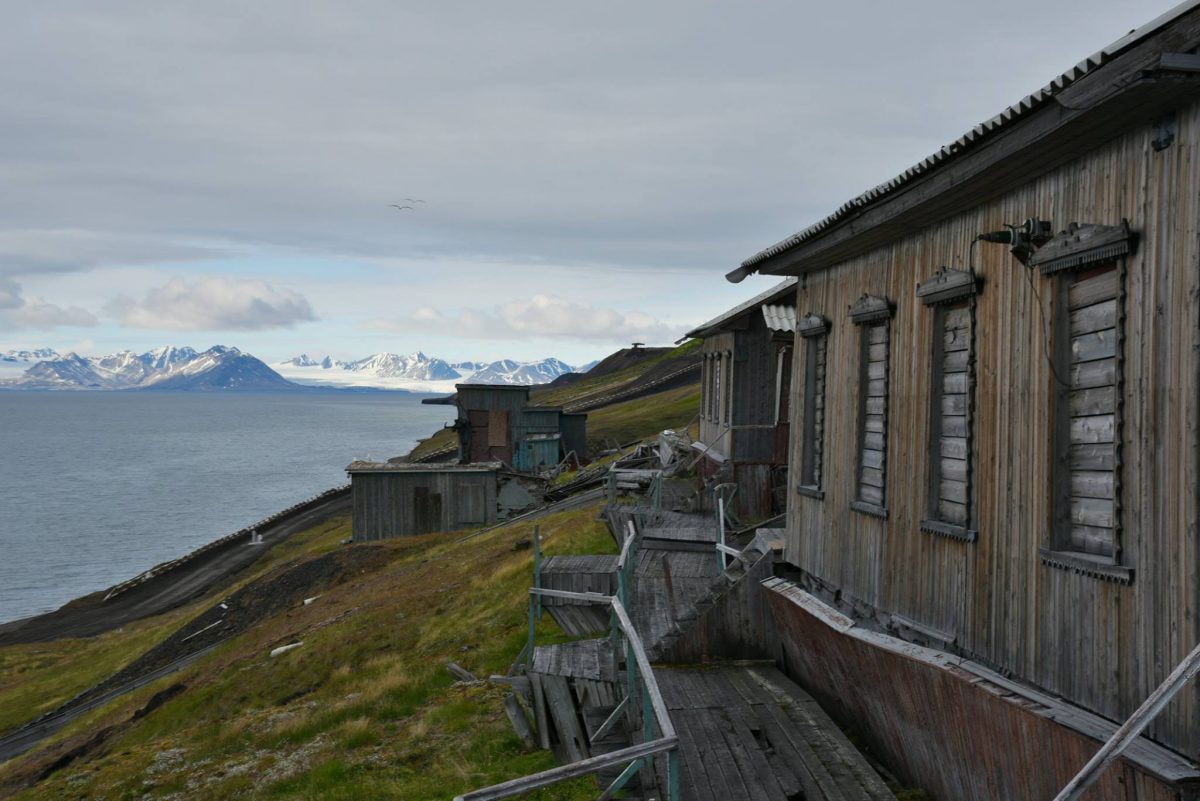
Walrus: An Encounter at Prince Karl Forland Island
During my explorations in Svalbard, one of the highlights was encountering walruses at Prince Karl Forland Island. As we approached the island, the rugged coastline came into view, and amidst the icy waters, we spotted these magnificent creatures basking on the shores.
Walruses are iconic symbols of the Arctic, known for their massive size and distinctive tusks. Seeing them in their natural habitat was a truly memorable experience, offering a glimpse into the unique ecosystem of Svalbard.
From a distance, we observed the walruses lounging on the rocky beaches, occasionally lifting their heads to survey their surroundings. Their sheer presence evoked a sense of awe and respect for the wildlife that calls this remote region home.
To get a closer look, we navigated around the island in a dingy. However, our return to the boat was briefly delayed by one curious walrus, which approached our dingy with a mixture of caution and curiosity. We waited patiently as the walrus inspected us from a safe distance, providing an unexpected yet unforgettable encounter with these remarkable creatures.
As we continued our journey around Prince Karl Forland Island, the sight of these majestic creatures served as a reminder of the importance of conservation efforts to protect their habitat and ensure their continued survival in the Arctic.
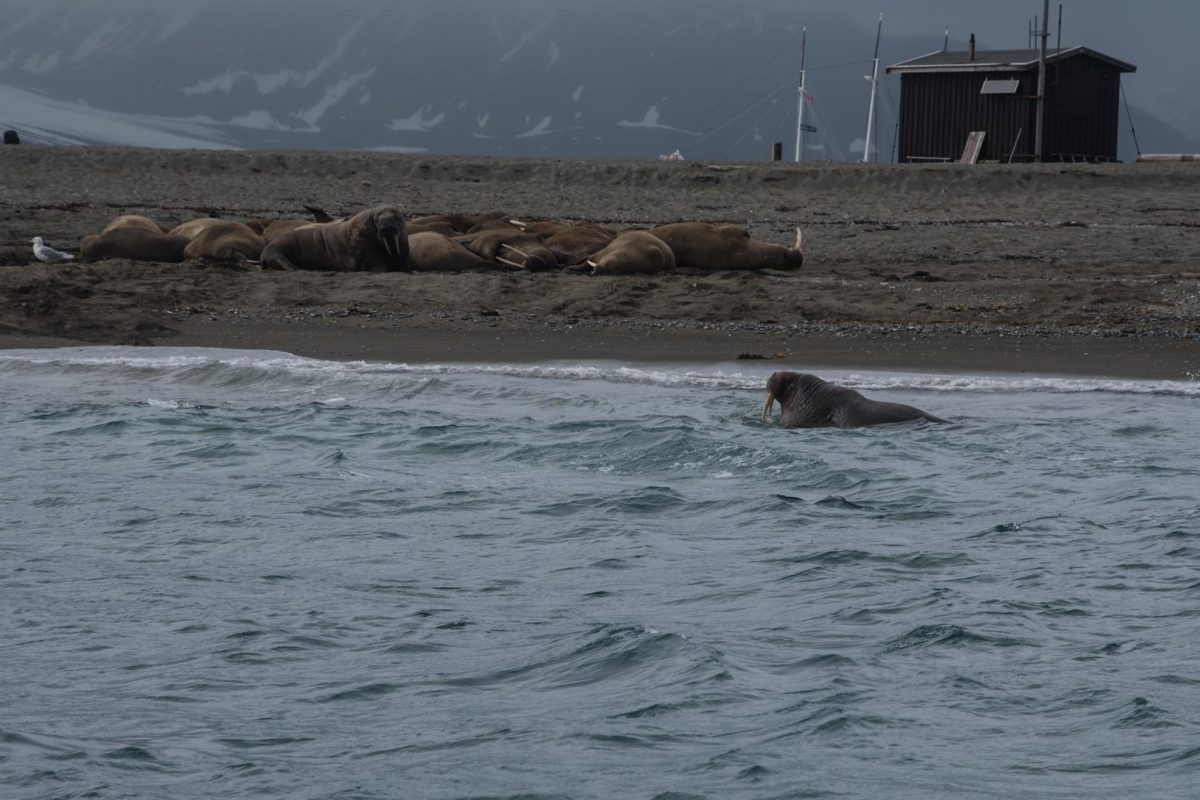
Looking back on my trip to Svalbard six years ago, it’s amazing how time has flown. My visit to Svalbard really deepened my love for nature and left a lasting impression on me. As I reminisce about those unforgettable moments, I can’t help but feel a longing to visit Svalbard again someday.
